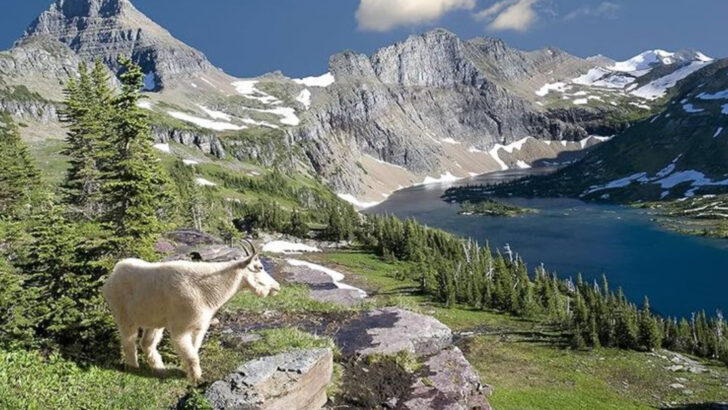Glacier National Park is a haven for nature enthusiasts, offering breathtaking landscapes and a vibrant array of wildlife. From majestic mammals to colorful birds, each encounter with these creatures adds a layer of wonder to your adventure.
This guide highlights 22 incredible wild animals you might encounter in the park, each boasting unique characteristics and behaviors that make them a must-see.
Whether you’re hiking through lush forests or exploring serene lakes, keep your eyes peeled for these remarkable animals.
Prepare to be amazed by the natural beauty and biodiversity that Glacier National Park has to offer.
Grizzly Bear
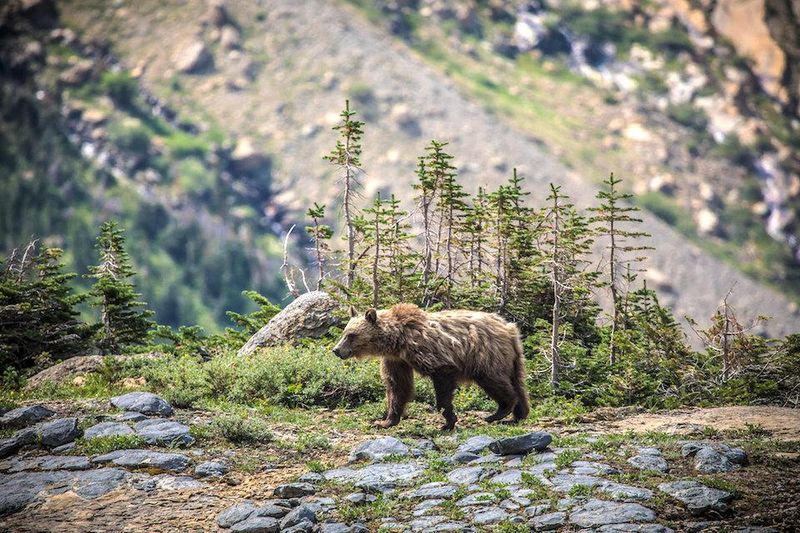
Imagine the thrill of spotting a grizzly bear in its natural habitat. These magnificent creatures roam the park with a commanding presence. Grizzlies are known for their impressive size and strength, often seen foraging for food by streams.
Their thick fur and muscular build make them a symbol of the wilderness. Observing a grizzly’s behavior offers a glimpse into the delicate balance of nature. While they may appear intimidating, they are an essential part of the park’s ecosystem.
Remember to keep a safe distance and respect their space for a memorable encounter.
Mountain Goat
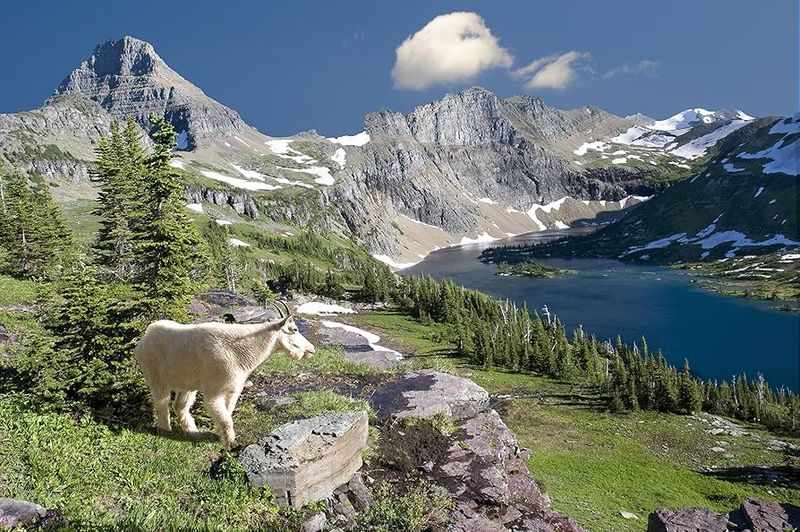
Perched upon the rugged cliffs, mountain goats embody grace and agility. Their white coats and sharp horns allow them to blend seamlessly with the rocky terrain. Watching them traverse steep landscapes is nothing short of breathtaking.
These incredible climbers are adapted to life in high altitudes, where few others dare to tread. With each step, they demonstrate precision and balance. It’s a unique experience to witness these hardy animals surviving in such challenging conditions.
Their resilience inspires awe and admiration, making them a highlight of any visit to the park.
Bald Eagle
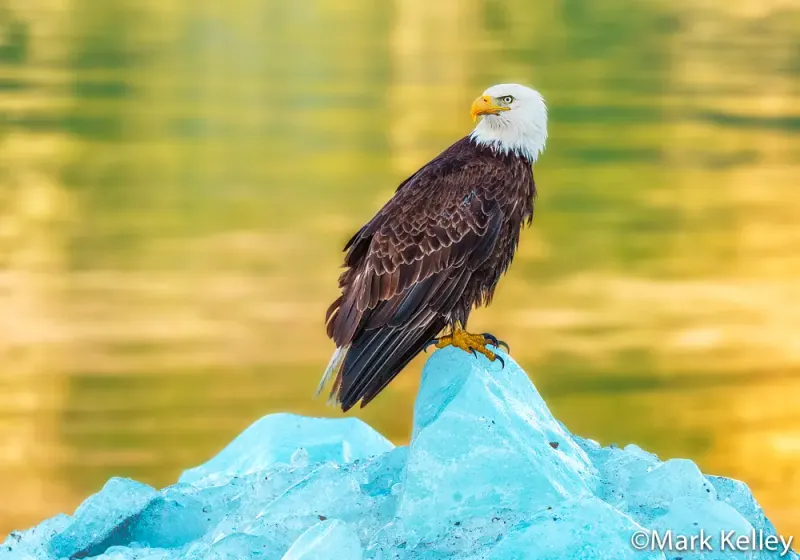
Catch a glimpse of the iconic bald eagle as it soars gracefully through the skies. Its distinctive white head and tail contrast beautifully against the expansive blue sky. The eagle’s keen eyesight allows it to spot prey from incredible distances.
Watching a bald eagle in flight is a moment that captures the essence of freedom and power. These birds are symbols of American pride and natural beauty.
Observing their hunting prowess and aerial acrobatics is a testament to their skill and agility. Keep your binoculars handy for this awe-inspiring spectacle.
Moose
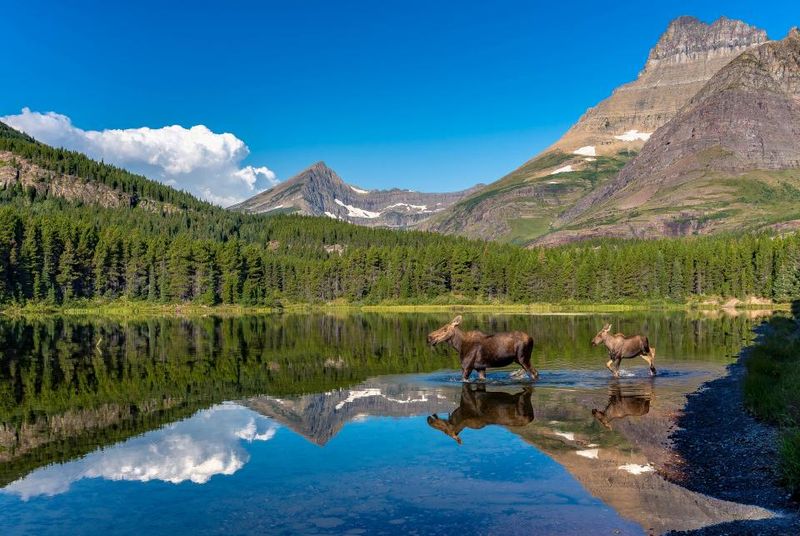
The moose, with its towering antlers and sizeable frame, is a majestic figure in the park. Often found near lakes and marshes, moose enjoy grazing on aquatic vegetation. Their presence is serene, adding to the park’s tranquil atmosphere.
Despite their size, moose are surprisingly elusive, blending into the dense foliage with ease. Spotting one is a rewarding experience for any wildlife enthusiast. Their solitary nature and gentle demeanor make them intriguing subjects to observe.
Always maintain a respectful distance to appreciate these giants safely.
Pika
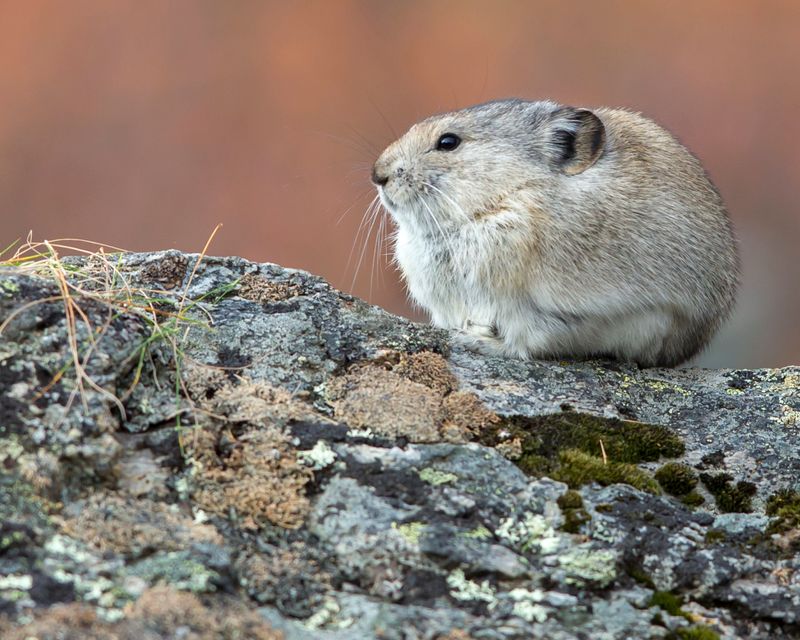
The pika, a tiny relative of the rabbit, is as charming as it is resilient. Found in rocky terrains, these small mammals are known for their distinctive calls. Pikas spend their days gathering vegetation, preparing for the long winter months.
Despite their size, they play a crucial role in the ecosystem, aiding in seed dispersal and providing food for predators. Their playful nature and endearing appearance make them delightful to observe.
Listen for their high-pitched squeaks while hiking, as they often signal a pika’s presence nearby.
Black Bear
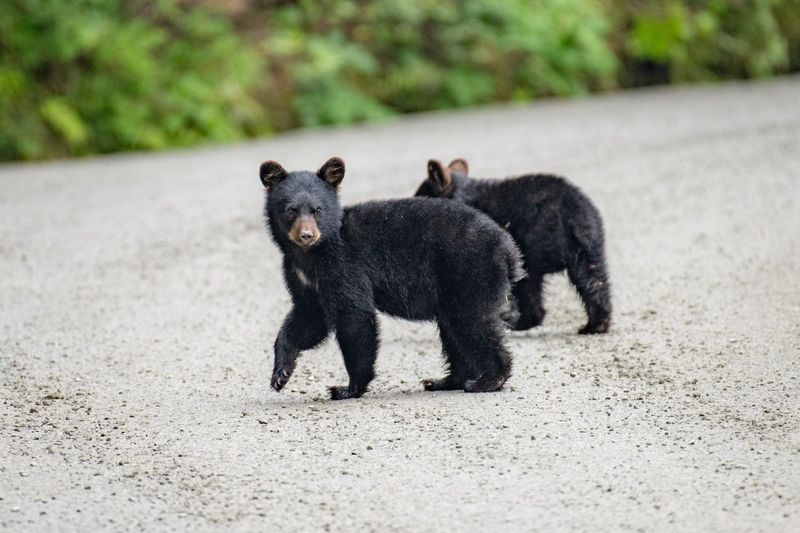
Encountering a black bear in the wild is an exhilarating experience. Unlike their grizzly cousins, black bears are smaller and more curious. They often explore forested areas in search of berries and other food sources.
Their glossy coats and expressive eyes make them captivating to watch. While they can appear friendly, it’s crucial to maintain a safe distance and follow park guidelines.
Black bears are a vital part of the park’s biodiversity, and observing them offers insight into the complex web of life in Glacier National Park.
Columbian Ground Squirrel
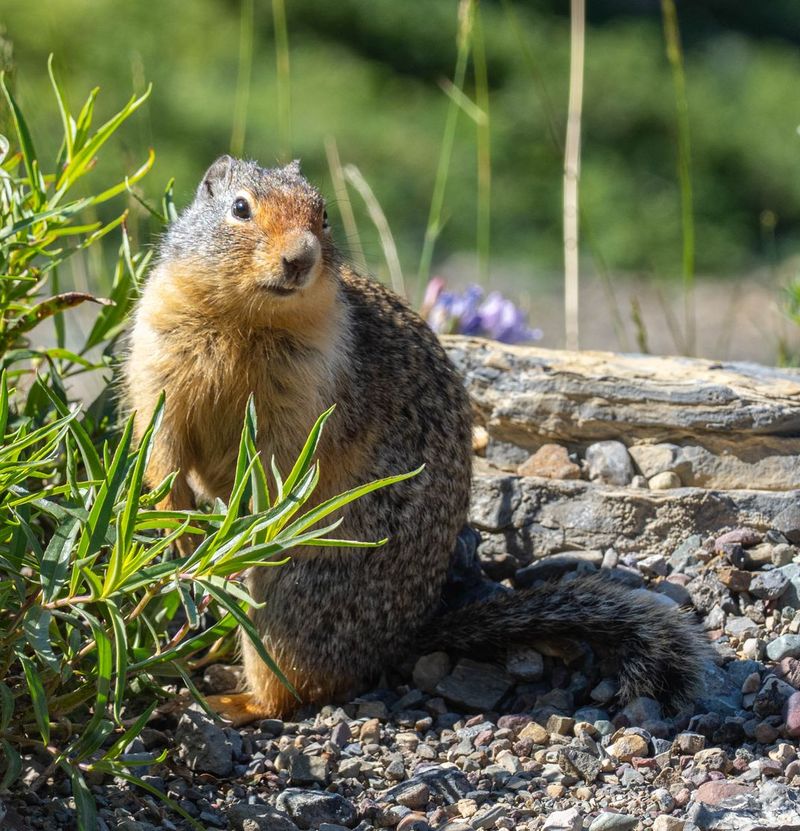
The Columbian ground squirrel, with its lively antics, brings energy to the meadows. These sociable creatures are often seen standing upright, surveying their surroundings. Their playful interactions and burrowing activities are fascinating to observe.
Ground squirrels contribute to the ecosystem by aerating the soil and dispersing seeds. Their striped coats and bushy tails add to their charm.
Whether they’re foraging for food or playfully chasing one another, these squirrels offer endless entertainment for park visitors. Keep an eye out for their bustling colonies in open fields.
Marmot
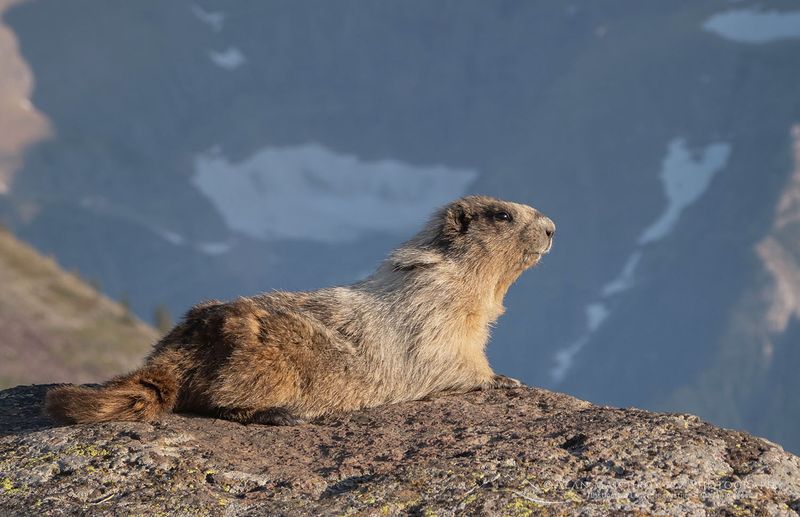
With their chubby bodies and laid-back demeanor, marmots are the ultimate symbols of relaxation. These rodents are often spotted sunbathing on rocks, seemingly without a care in the world.
Their whistles echo through the mountains, serving as warnings to others. Marmots play a key role in the alpine ecosystem, contributing to soil health and serving as prey for predators.
Watching them interact with their environment provides a glimpse into the park’s vibrant life. Their charming presence and carefree attitude are sure to bring a smile to your face.
Bighorn Sheep
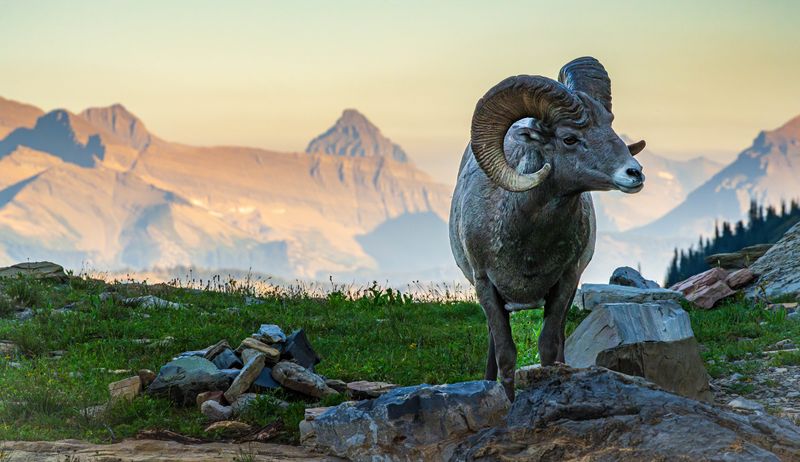
The bighorn sheep, with its impressive curved horns, is a sight to behold. These majestic animals navigate the rocky cliffs with confidence and grace. Observing their agility and strength is a testament to nature’s incredible adaptations.
Male bighorns, known as rams, engage in dramatic clashes during mating season, showcasing their power and dominance. These interactions are a highlight for wildlife observers.
Bighorn sheep are a reminder of the park’s rugged beauty and the resilience of its inhabitants. Their presence enriches the experience of exploring Glacier National Park.
Red Fox
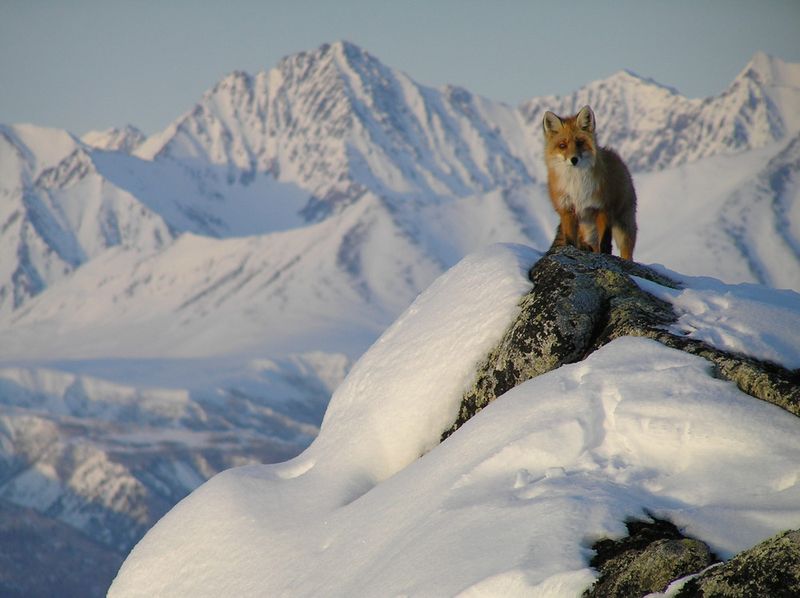
The red fox, with its fiery coat and agile movements, is a master of stealth. These clever predators blend into their surroundings with ease, using their keen senses to hunt small mammals.
Seeing a red fox in action is like witnessing a natural drama unfold. Foxes are known for their playful behavior and intelligence. Their adaptability allows them to thrive in various environments within the park.
Whether they’re playfully pouncing or gracefully slinking through the underbrush, red foxes add a dynamic element to the park’s wildlife.
Snowshoe Hare
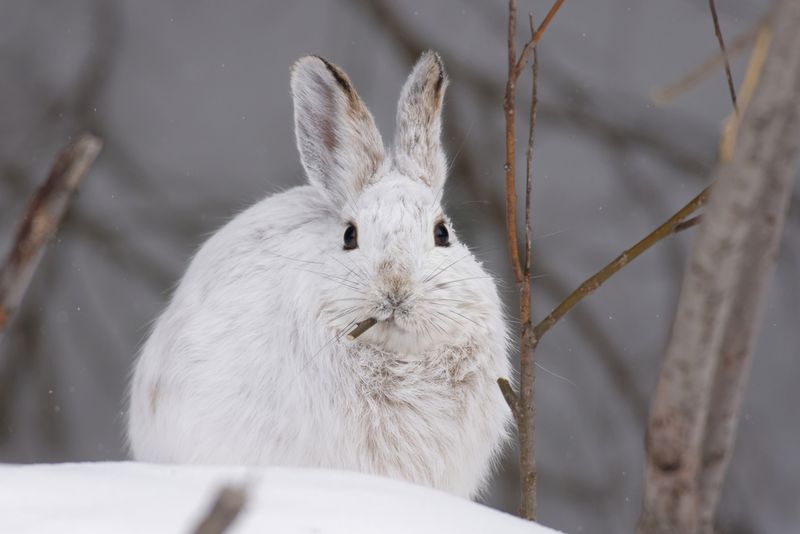
The snowshoe hare is an expert in seasonal camouflage. With its white winter coat, it blends seamlessly into snowy landscapes, while its brown summer fur offers perfect cover in warmer months. This adaptability is key to its survival.
Known for their swift movements, snowshoe hares are elusive and captivating. Their large hind feet allow them to navigate snowy terrain with ease. Observing these creatures in their natural habitat provides insight into the park’s seasonal changes.
Their quiet beauty and resourcefulness make them a favorite among wildlife enthusiasts.
Common Loon
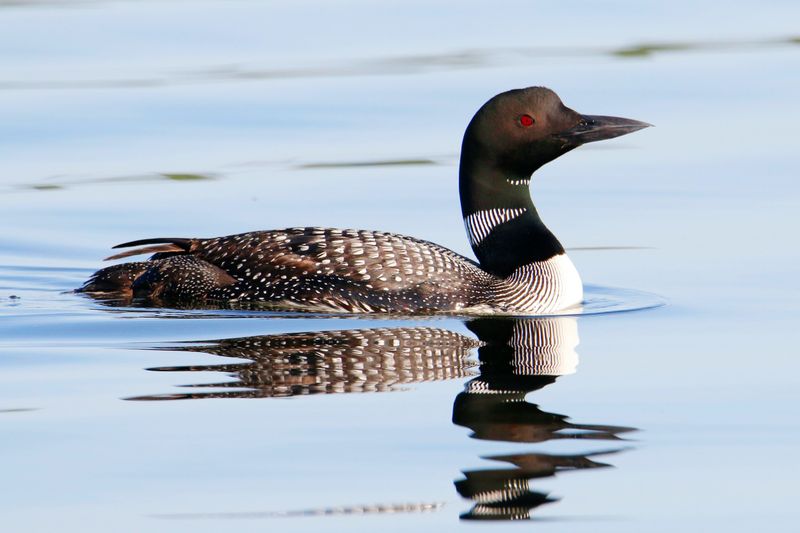
The haunting call of the common loon is a sound synonymous with tranquility. These aquatic birds are known for their striking black-and-white plumage and red eyes. Watching a loon glide across a serene lake is a peaceful experience.
Loons are expert divers, often disappearing beneath the water’s surface in search of fish. Their presence is a testament to the health of the park’s ecosystems.
For many visitors, spotting a loon is a cherished moment that embodies the spirit of Glacier National Park. Listen for their calls at dawn or dusk.
Wolverine
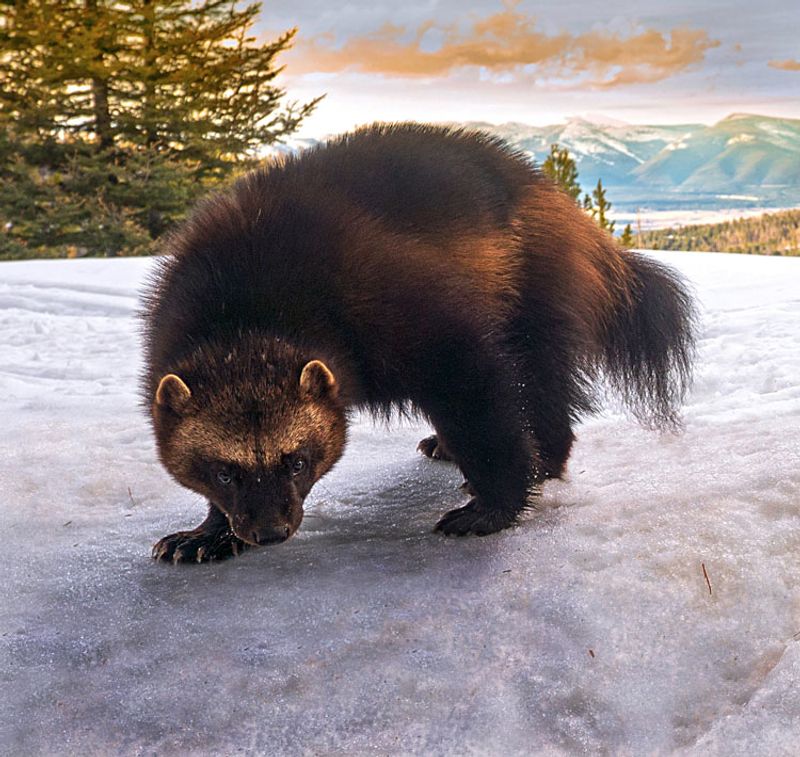
The wolverine, known for its fierce reputation, is a rare sight in the park. These solitary creatures are powerful and tenacious, often covering vast distances in search of food. Spotting a wolverine is a true wildlife enthusiast’s dream.
Despite their size, wolverines are formidable predators, capable of taking down prey much larger than themselves. Their strength and determination are awe-inspiring.
Wolverines contribute to the park’s ecological balance, and observing them provides a glimpse into the wild’s raw, untamed side. Keep your eyes peeled for tracks in the snow.
Great Horned Owl
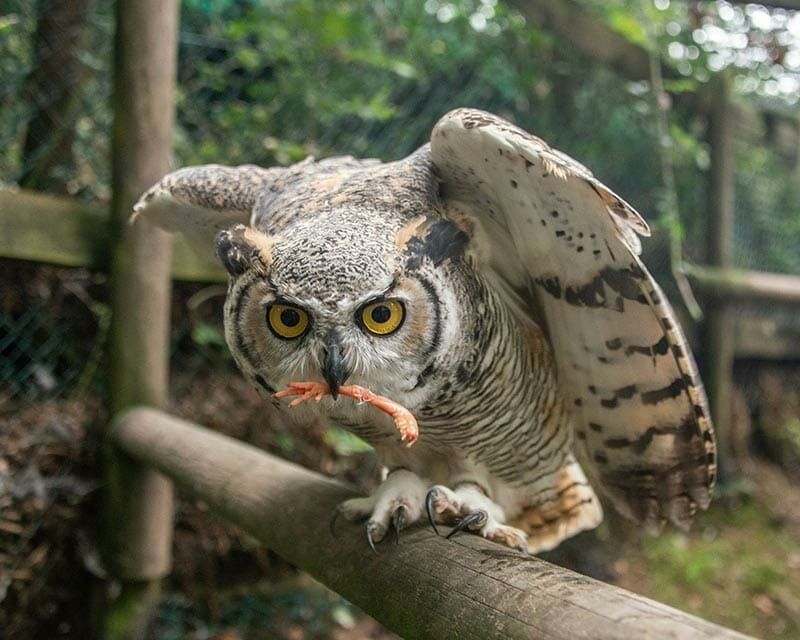
The great horned owl, with its commanding presence and piercing eyes, is a master of the night. Known for their distinctive tufts, these owls are skilled hunters, using their acute senses to capture prey in the darkness.
Their haunting calls echo through the forest, adding an air of mystery to the nighttime landscape. Observing a great horned owl is a reminder of nature’s silent power and beauty.
These birds are an integral part of the park’s ecosystem, enchanting visitors with their majestic demeanor.
Gray Wolf
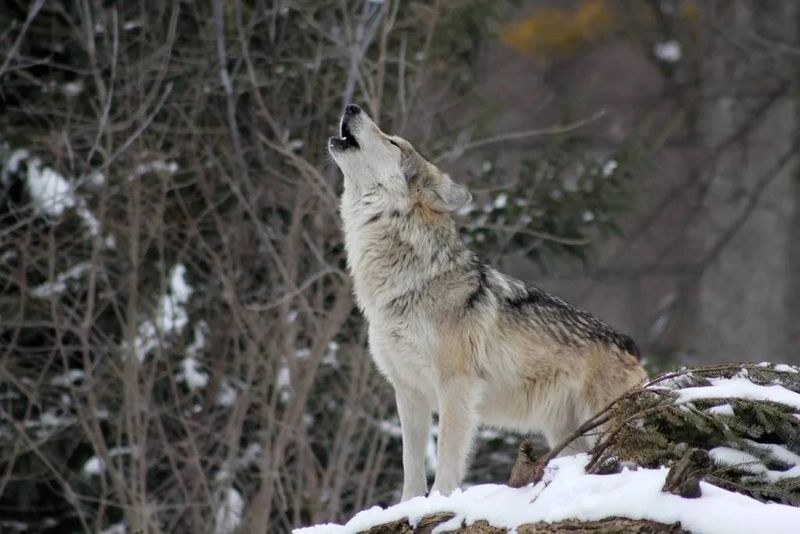
The gray wolf, a symbol of the wild, roams the forests with an air of mystery. These pack animals are known for their complex social structures and communication. Listening to their haunting howls is an unforgettable experience.
Wolves play a crucial role in maintaining the balance of the ecosystem, controlling prey populations and fostering biodiversity. Observing a wolf pack in action is a testament to teamwork and survival instincts.
Keep your ears tuned for their calls, especially at dawn and dusk, when they are most active.
Canada Lynx
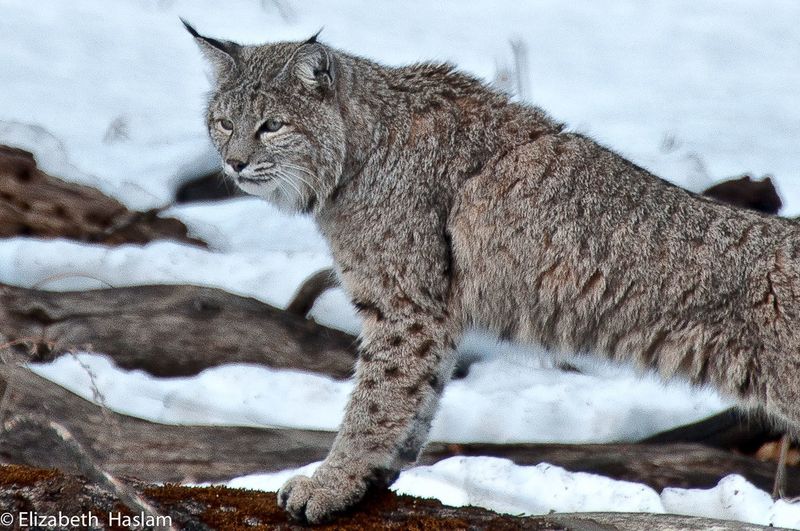
The Canada lynx, with its tufted ears and large paws, is the epitome of stealth. These elusive cats are well-adapted to snowy environments, using their keen senses to hunt for snowshoe hares.
Spotting a lynx is a rare and thrilling experience. Lynxes are solitary animals, often moving silently through dense forests in search of prey. Their presence adds a layer of mystique to the park’s wildlife.
Observing a lynx offers insight into the secretive world of the forest, where every movement is calculated and precise.
Osprey
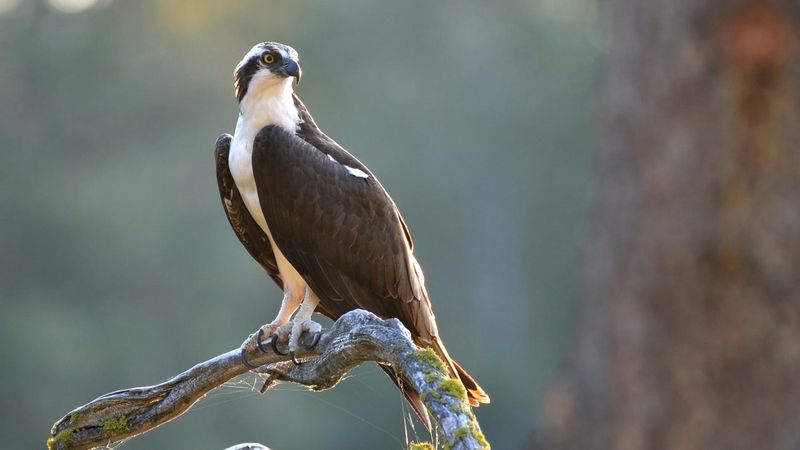
The osprey, often seen soaring above the park’s pristine lakes, is a master fisherman. Their keen eyesight and sharp talons make them formidable predators, capable of diving with precision to catch fish.
Watching an osprey hunt is a spectacular sight, a blend of grace and power. These birds are known for their distinctive calls and impressive nests, built high in the treetops.
Observing an osprey in action is a reminder of nature’s incredible adaptations and the delicate balance of life in the park.
Western Tanager
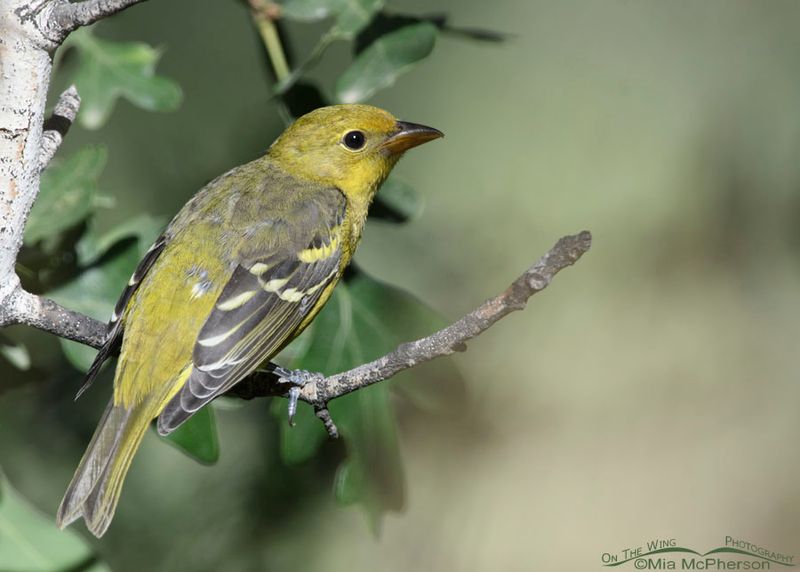
The western tanager, with its vivid plumage, is a burst of color in the forest. Males are easily identified by their bright yellow bodies and red heads, while females sport more subdued tones.
Tanagers are often spotted flitting through the trees, their presence adding vibrancy to the landscape. Their melodic songs contribute to the park’s rich soundscape.
Observing these birds is a treat, offering a glimpse into the diversity of birdlife in Glacier National Park. Listen for their songs in the early morning hours.
Northern Flicker
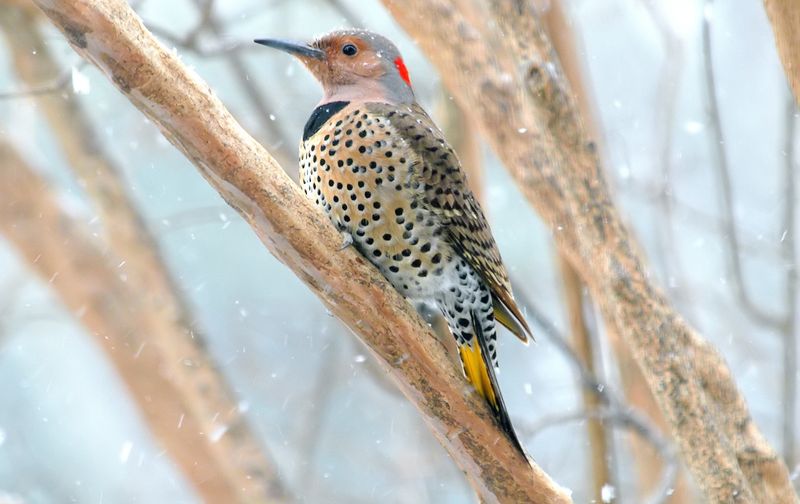
The northern flicker, a type of woodpecker, is known for its distinctive spotted plumage and undulating flight. These birds are often heard before they are seen, their drumming echoing through the forest.
Flickers are versatile foragers, feeding on insects, fruits, and seeds. Their presence is a sign of a healthy ecosystem, as they play a role in controlling insect populations.
Observing a northern flicker is a delight, offering a closer look at the intricate patterns and behaviors of woodland birds.
Clark’s Nutcracker
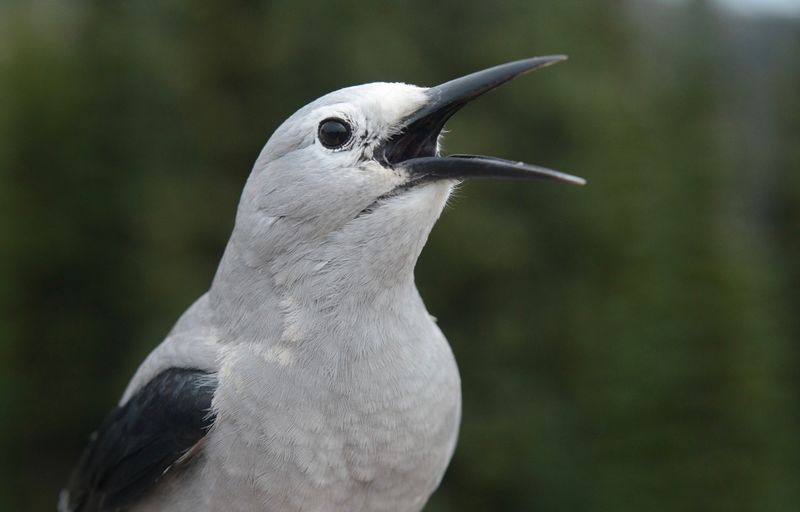
Clark’s nutcracker, with its ash-grey plumage and intelligent eyes, is a vital part of the park’s ecosystem. These birds are known for their seed-caching behavior, which aids in the dispersal of pine seeds.
Their sharp beaks and agile movements allow them to expertly extract seeds from cones. Observing a nutcracker in action is a lesson in nature’s intricate relationships.
Their role in the forest’s regeneration is crucial, as they contribute to the growth of new trees. Enjoy watching these clever birds as they go about their essential work.
American Dipper
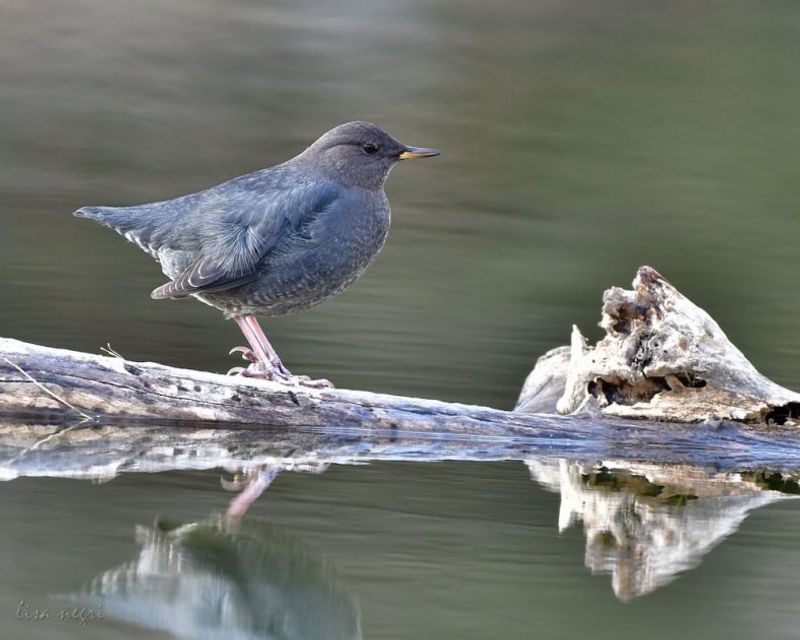
The American dipper, a small, stocky bird with a penchant for water, is often seen flitting along mountain streams. Known for its bobbing motion, this bird dives underwater to feed on aquatic insects and larvae.
Dippers are a testament to nature’s adaptability, their sleek bodies perfectly suited for life in fast-flowing waters. Observing a dipper’s foraging behavior offers insight into the park’s aquatic ecosystems.
These birds are a joy to watch, their energetic movements bringing life to the icy streams.
Northern Alligator Lizard
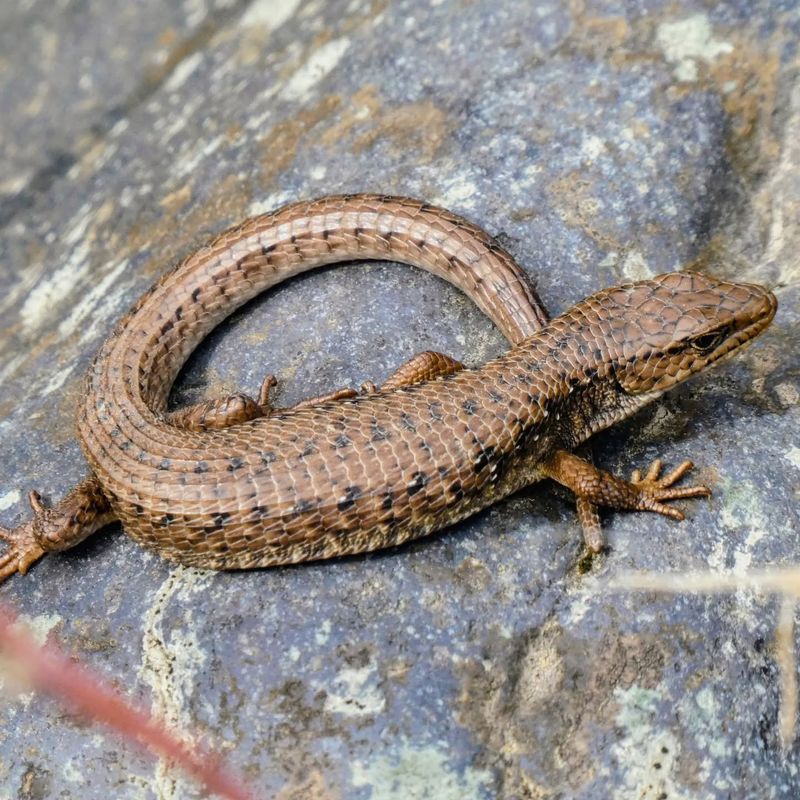
If you wander through the sun-dappled trails of Glacier National Park, keep an eye out for the elusive Northern Alligator Lizard. Imagine this little reptile, with its intricate mosaic of scales, basking on a warm rock.
It’s not just the look of this lizard that’s fascinating; it’s how it moves, slinking slowly and deliberately, like a tiny dragon on a quest. Their diet consists mainly of insects, making them nature’s pest control agents.
Although they aren’t the most famous residents of the park, spotting one is a delightful surprise, a secret shared with only the most observant of visitors.

